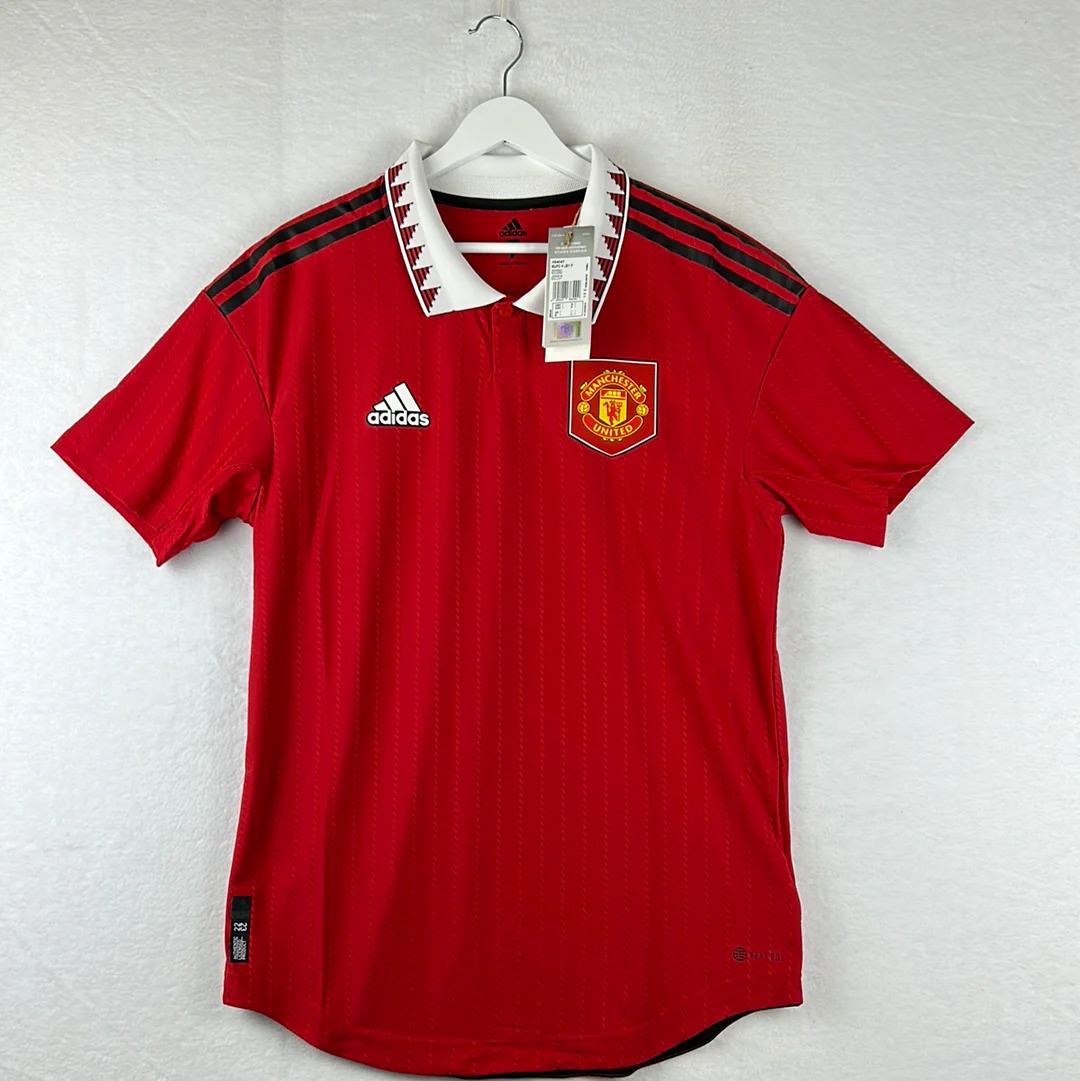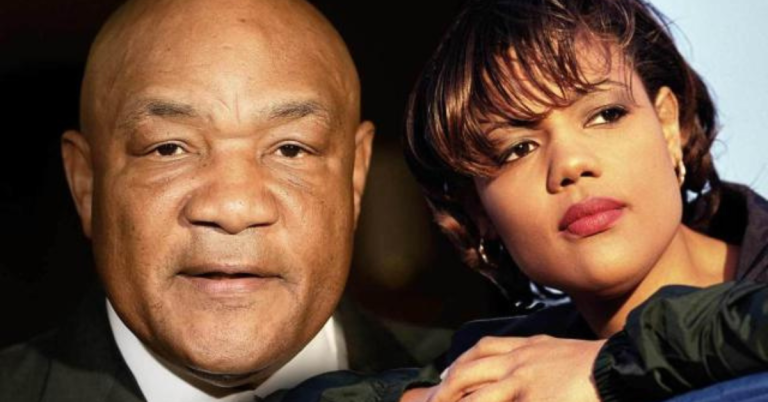Evolution of Manchester United Football Shirts from 1902 to Present
The history of Manchester United Football Club is one of triumphs, legends, and iconic moments. A key part of this history is the football shirts that have been worn by the club’s players and beloved by fans for over a century. Since 1902, when Manchester United officially adopted its red kit after rebranding from Newton Heath, the club’s shirts have evolved dramatically in terms of design, materials, and sponsorship. This evolution reflects changes in football fashion, technology, and the commercial aspect of the game. Here’s a closer look at the journey of Manchester United football shirts from 1902 to the present.
1. The Early Years: 1902-1940s
When Newton Heath was rebranded as Manchester United Football Shirts in 1902, the club adopted the now-iconic red shirt, white shorts, and black socks. This combination would become synonymous with the club. The early kits were simple in design, with no logos, sponsors, or intricate patterns. The shirts were made from heavy cotton, a far cry from today’s lightweight, moisture-wicking fabrics. The collar was either a rounded or a V-neck style, depending on the year.
The kits from this era reflect the practical needs of early football: sturdy, durable, and designed to withstand the physicality of the game. United’s red shirt quickly became a symbol of the club’s aggressive, attacking style of play, and even without the embellishments of modern kits, it was a clear expression of identity.
2. Post-War Period and the Busby Era: 1950s-1960s
The 1950s saw Manchester United rise to prominence under the management of Matt Busby. The red shirt remained a constant, but there were slight variations in the design. In the 1957-58 season, for example, United wore a shirt with a white V-neck and no club crest, typical of the era. However, the tragic Munich Air Disaster of 1958, which claimed the lives of eight United players, profoundly affected the club. After this, the shirt became a symbol of resilience and hope as United rebuilt its team.
In 1963, the club won the FA Cup, and the kit featured a lace-up collar, a unique design feature for the time. The crest returned intermittently, usually for special occasions such as cup finals. However, in regular league games, United continued to opt for the clean, crest-less red shirt, emphasizing simplicity and tradition.
The 1968 European Cup final, when Manchester United became the first English club to win the competition, is one of the most significant moments in the club’s history. The shirt from this final is iconic—a plain red design with a rounded collar, worn by legends like George Best and Bobby Charlton. Its simplicity contrasted with the magnitude of the achievement, making it one of the most memorable shirts in football history.
3. The Sharp Sponsorship Era: 1982-2000
The 1980s marked a significant change in the football world, as commercial sponsorships began to appear on club shirts. In 1982, Manchester United signed a deal with Sharp Electronics, which became the club’s first-ever shirt sponsor. This partnership would last until 2000 and become one of the most iconic sponsorships in football history.
During the Sharp era, Manchester United’s kits were produced by Umbro, and this period saw the introduction of more intricate designs. In the 1990s, the kits featured bold patterns, larger crests, and different collar styles. The 1993-94 shirt, for example, had a lace-up collar and a large club crest set within a black shield. This was the kit worn when United won their first Premier League title under Sir Alex Ferguson, marking the beginning of an era of dominance in English football.
The 1998-99 season, when United famously won the treble (Premier League, FA Cup, and UEFA Champions League), saw a relatively simple red shirt design with a traditional collar. This shirt, emblazoned with the Sharp logo, has become one of the most cherished in the club’s history, immortalized by Ole Gunnar Solskjaer’s last-minute winner in the Champions League final against Bayern Munich.
4. Nike Era: 2002-2015
In 2002, Nike took over as the club’s kit manufacturer, replacing Umbro. This began a new era of sleek, modern designs, with Nike incorporating cutting-edge sportswear technology into the shirts. Nike’s kits were generally more streamlined, focusing on performance as much as aesthetics.
One of the most iconic Nike kits was from the 2007-08 season, which commemorated the 50th anniversary of the Munich Air Disaster. This shirt featured a unique design, with a badge commemorating the Busby Babes and a more muted version of the club’s crest. The team went on to win the Champions League that season, with Cristiano Ronaldo playing a pivotal role.
Another notable design from the Nike era was the black away kit from the 2003-04 season. This minimalist kit with a white collar became an instant fan favorite and remains a collector’s item today. Nike also experimented with third kits, offering striking color combinations like the 2014-15 blue-and-black striped shirt.
5. Adidas Era: 2015-Present
In 2015, Adidas became Manchester United’s kit supplier, marking the return of a brand that had made the club’s kits in the early 1980s. Adidas has brought a blend of tradition and modernity to the club’s kits, often incorporating elements of the club’s history while using advanced fabric technology to enhance player performance.
One of the standout Adidas kits was the 2019-20 home shirt, which featured a unique design inspired by the treble-winning 1999 season. The shirt included references to the exact times of the goals scored in the famous Champions League final, blending history with modern design elements. Adidas also introduced the black away kit in 2019-20, inspired by Manchester’s artistic culture, which became an instant fan favorite.
Adidas has also placed a strong emphasis on sustainability, with the club’s recent kits made from recycled materials as part of Adidas’ broader environmental initiatives. This reflects the modern trend of sustainability in sportswear design, ensuring that the iconic red of Manchester United is not only a symbol of success but also of responsibility.
6. Special Editions and Retro-Inspired Designs
In recent years, Manchester United has released several retro-inspired kits that pay homage to its history. For example, the club released a green and gold kit in 2010, a nod to the Newton Heath era, which was popular among fans. These retro designs often evoke nostalgia and remind fans of the club’s storied past, while maintaining modern features and fit.
Conclusion
The evolution of Manchester United football shirts reflects the club’s journey through history, from its early beginnings in 1902 to its status as a global footballing powerhouse. Each era has seen the shirt transform in design, from simple cotton jerseys to high-tech, performance-enhancing kits. The red shirt, however, remains a constant, representing the pride, passion, and tradition of Manchester United. Whether worn by legends of the past or the stars of today, the Manchester United shirt continues to be a symbol of excellence in world football.





